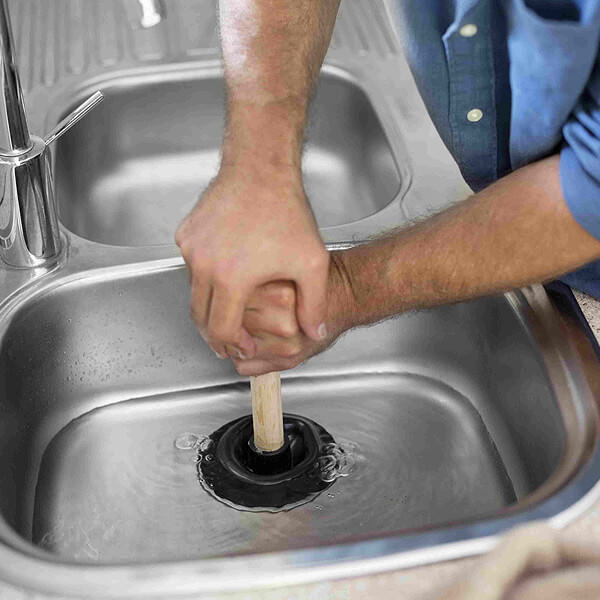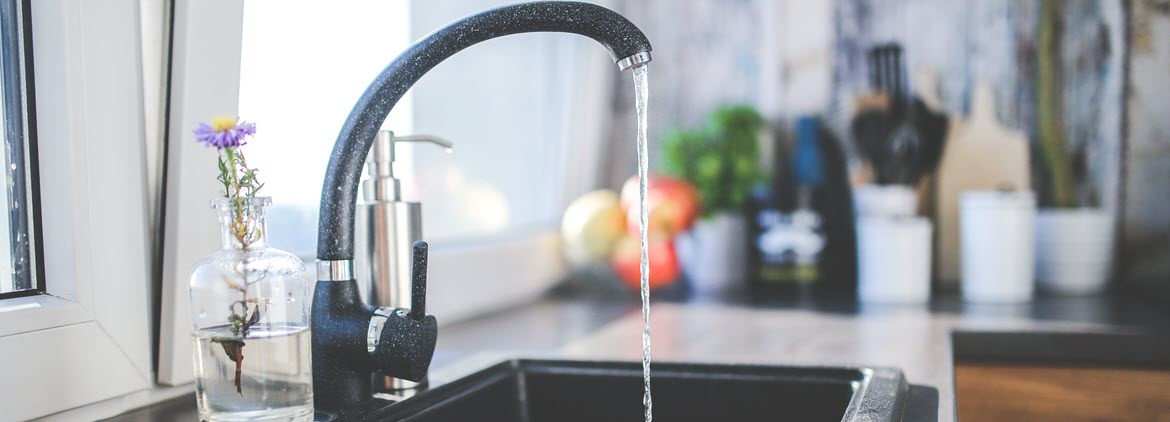We have stumbled on this article about Tips for Dealing with Clogged Drains and Sewer Lines down the page on the net and concluded it made perfect sense to relate it with you here.

Intro
Managing an obstructed drainpipe can be an irritating experience, interfering with daily activities and potentially triggering damages to your residential or commercial property. Nonetheless, prior to reaching out to plumbing specialists, there are actions you can require to deal with the problem on your own. In this guide, we'll explore do it yourself solutions and safety nets to take on an obstructed drain effectively.
Recognizing the Concern
The very first step in addressing a blocked drainpipe is acknowledging the indicators. Sluggish drain, gurgling noises, foul odors originating from drains, or water support up prevail signs of an obstructed drain. Recognizing these indications early can assist avoid further issues.
Common Sources Of Obstructed Drains
Comprehending the aspects that add to drain pipes clogs is necessary for effective resolution. Usual offenders include hair, soap scum, grease, food particles, and foreign items like sanitary items or paper towels. Tree origins getting into underground pipelines can likewise cause substantial clogs.
Do it yourself Solutions
For small obstructions, numerous DIY services can be reliable. Pouring boiling thin down the drainpipe can assist liquify oil and debris. Sodium bicarbonate and vinegar or a mix of salt and cooking soft drink can serve as all-natural cleansers. Making use of a plunger or plumbing snake to remove blockages is one more option.
Tools and Equipment
Having the right devices handy can make do it yourself drain cleansing more effective. A plunger is a flexible device for removing obstructions in sinks, bathrooms, and showers. A pipes snake or auger can reach deeper clogs, while drainpipe cleansing chemicals can be made use of very carefully for stubborn clogs.
Safety nets
To stay clear of future obstructions, adopting preventive measures is vital. Set up drain guards or filters to catch hair and debris before they get in the pipelines. Routinely flush drains with warm water to dissolve oil accumulation, and avoid disposing of oil or strong waste down the tubes.
When to Call a Professional
While DIY solutions can settle minor clogs, particular signs suggest the demand for professional help. Relentless clogs, foul odors in spite of cleaning up efforts, or multiple drains pipes supporting at the same time are red flags that require skilled intervention.
Choosing the Right Pipes Service
When selecting a pipes solution, take into consideration aspects such as experience, licensing, and customer reviews. Pick a reputable plumbing professional with a track record of quality workmanship and transparent pricing practices.
Expense Factors to consider
The expense of specialist drainpipe cleaning services can vary depending on the extent of the blockage and the plumbing technician's prices. Request quotes from several companies and inquire about any added fees to make certain openness and prevent shocks.
Security Precautions
When trying DIY drainpipe cleaning, prioritize security. Put on protective handwear covers and eyeglasses to avoid contact with damaging chemicals or bacteria. Never blend different drain cleansing items, as this can generate dangerous fumes.
Case Studies
Real-life examples show the performance of do it yourself services and the relevance of prompt professional treatment in fixing drain obstructions.
Final thought
By adhering to the pointers outlined in this overview, you can properly deal with blocked drains pipes and protect against future pipes issues. Whether opting for DIY solutions or looking for professional assistance, prompt action is vital to preserving a healthy and balanced pipes system and maintaining the integrity of your home.
How to Clear a Clogged Drain Yourself (And When to Call In the Professionals)
What Can Clog a Drain
- Dirt
- Skin flakes
- Hair
- Grease
- Soap scum
- Food
- Offset pipes
- Tree roots
- Small objects
- Mineral buildup
DIY Tricks to Unclog a Drain
You can fix this! Once you have identified the source of the clog (or have a vague idea), you can try one or a combination of these fixes in order to clear your plumbing.
Wire Hanger or Snake
Untangle and clear out hair from a drainpipe with a homemade snake. Use a straightened-out wire hanger with a 90-degree angle hook to locate the clog and drag out any unwanted material.
Remember not to push the clog further down to where the wire hanger cannot reach! If you need to follow up with a plunger, give it a try. Your efforts might be more successful after it’s been wire-snaked.
If you want to get fancy and don’t have a wire hanger to spare, head to the store and pick up a hand-operated drain snake. You can get one for $10-$30. It may save you the hassle, and provide additional length to reach deep into the clogged pipe.
Plunger
A cup plunger has a suction cup attached to a wooden handle. The rubber creates a seal around the drain, and increases the pressure force of the plunger.
Plunge for 30-second increments to loosen the clog. This may need to be repeated over the course of 15-20 minutes. Once plunged, run the water to flush the remaining material out of the drain.
Remember– never use a plunger if you have used a chemical drain cleaner. These chemicals can splash up from the force of the plunger and cause serious injury or burns.
Boiling Water
Hot water can sometimes break up materials into a flushable amount. Dirt, grease, and soap buildup requires heat in order to unstick from surfaces.
Take your kitchen kettle and heat your water to a boil. Once it reaches a rolling boil, pour it directly down the drain into the blockage. Carefully follow with plunging, if necessary.
Don’t worry if this takes more than one try! It can often take multiple kettles and repeated plunging in order to clear a particularly stubborn clog.
Chemical Drain Cleaner
As a last resort, pick up a bottle of chemical drain cleaner. Drain-cleaning chemicals are potent, and not very good for the environment.
You may need to wear protective eyewear in gloves before handling your bottle of chemical drain cleaner. Follow the instructions printed on the bottle, and flush with water as soon as the instructions allow. Do not follow with plunging.
Baking Soda and Vinegar
As a safer alternative to chemical drain cleaner, baking soda and vinegar can create a chemical reaction that clears tough clogs.
Combine one cup of cleaning vinegar with one cup of boiling water, and set aside. Once you have done this, pour half a cup of baking soda down the drain. Give the baking thirty seconds to settle and cover a large portion of the problem drain.
Following the baking soda, pour down your vinegar and hot water solution. Once the vinegar and baking soda combine, the mixture will bubble and fix. Let this reaction fizzle in the drain for about an hour.
After an hour, follow with a kettle’s worth of hot water. The heat and liquid should flush out any remaining material.
When to Call a Plumber
If your DIY attempts haven’t cleared your clog drain, it’s time to call in a professional. It’s not worth losing access to your kitchen sink or high-traffic bathroom. A clog in a vital area can keep you from the things you’d rather be doing, and derail your routine.
Anytime a clog is causing water to spread is a time to call in a plumbing service. What starts out as a little bit of water can quickly grow into serious, expensive water damage.
Additionally, a serious clog can result in burst pipes or serious leaks. Make sure you know when to take it seriously!
https://myguysnow.com/how-to-clear-a-clogged-drain-yourself-and-when-to-call-in-the-professionals/

I stumbled upon that piece on What I learned from trying to deal with a clogged drain while looking around the search engines. Those who enjoyed reading our blog entry if you please be sure to share it. We take joy in reading our article about Some easy tips to fix blocked drains.
Call Us Today
Comments on “Ways to Clear a Blocked Drain Before Contacting Professional Assistance”